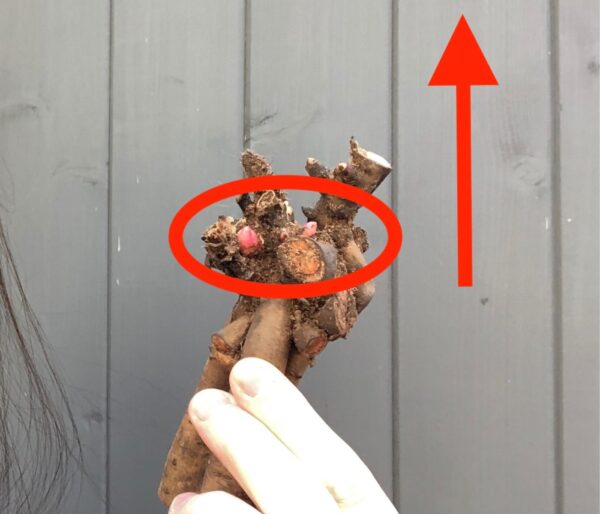Wondering how to save marigold seeds? Fortunately, these cheerful flowers are very easy to collect seeds from!
Marigold flowers develop seeds about four weeks after flowering. Instead of deadheading the plants after they bloom, leave the flowers on the plant for the seeds to mature. Once the plant has finished flowering, pull it up and leave it out to dry. Clip the dried seed heads off and carefully move them between your fingers to release the dry seeds. Continue drying the seeds indoors for another day or two before packaging, labeling, and storing the seeds.
Read on to learn all about saving marigold seeds!

The basics for saving marigold seeds
Marigolds are one of the easiest flowers to save seeds from. All you need to do is let the flower heads dry on the plant and then remove them. Marigold plants are also easy to grow from seed and make excellent companion plants in both flower beds and vegetable gardens.

To save marigold seeds, wait until the majority of the flowers have finished blooming and the heads are starting to dry on the plant. Then, clip off the whole plant and place it out to further dry out. Make sure your drying area has dry air rather than humid air.

A week or two later, open up the dried seed heads. The long skinny seeds usually fall right out of the seed head if you gently squish it between your fingers. Sometimes you can peel open the seed head to reveal all the seeds lined up in parallel. You can also use a paper bag to catch the falling seeds.

Once all the seeds are collected, spread them out on a flat surface and allow them to dry for an additional day or two. This will ensure that the seeds are completely dry before you store them.
When the seeds are fully dry (can take about a week at most), place them in an envelope or glass jar and label them with the name of the plant and the date collected (especially the year). Store the seeds in a cool, dry, dark place until you’re ready to plant them.
With just a little effort, you can easily save marigold seeds to grow again next season!

Marigold seed development
Marigolds are in the Sunflower Family (Asteraceae). Each flower has both male and female parts. These cheerful flowers are pollinated by insects.
After pollination, each flower head matures into an elongated fruit. The long skinny seeds develop inside this pod-like structure. Wait until the seed pod has dried to harvest marigold seeds.
It is possible to save entire dry seed heads, but the extra plant matter holds moisture and increases the potential for mold growth in common home storage like a cool basement.

Storing marigold seeds
Marigold seeds are relatively easy to store and have a moderately long storage life. Marigold seeds tend to remain viable for about five years in good home storage conditions.
To store marigold seeds, first package them in small amounts in paper envelopes, bropw paper lunch bags, plastic bags, or glass jars. You can even make your own seed packets if you like! Just make sure to label them with the current year and the species and cultivar (if applicable).
Once the seeds are packaged and labeled, place the packages in a storage container. A few seed packets can be stored for years in a glass jar, while larger amounts of seeds in envelopes or paper bags will stay longer when stored in a plastic airtight food storage container.
If you’re using the seeds in the next growing season, using a sealed glass or plastic container usually isn’t vital. Seeds from marigolds can last for 5+ years when dry seeds are properly stored in a glass jar in a dark, cool area. Just keep them out of direct sunlight and temperatures just above freezing if possible.

Planting marigold seeds
Marigolds are one of the easiest flowers to grow from seed. You can plant them indoors or sow them directly in the garden outdoors.
Marigold seeds are most easily germinated indoors at room temperature, where they usually take 4-14 days to germinate. Once the seeds have sprouted, let the seedlings grow for 4-6 weeks before transplanting outdoors.
You can also plant marigold seeds outdoors in mid-spring. I tuck a few French Marigold seeds into the corners of my raised garden beds and thin the seedlings to the strongest plant when they’re a few inches tall.
Marigolds grow best in full sun. I like to add compost on top of the soil as a thin mulch, especially if your garden has poor soil.
Water the transplants well until they’re fully established in their new location. Once they’re growing, marigolds are relatively drought-tolerant. Remember to choose the healthiest plants to save seeds from again next year!









